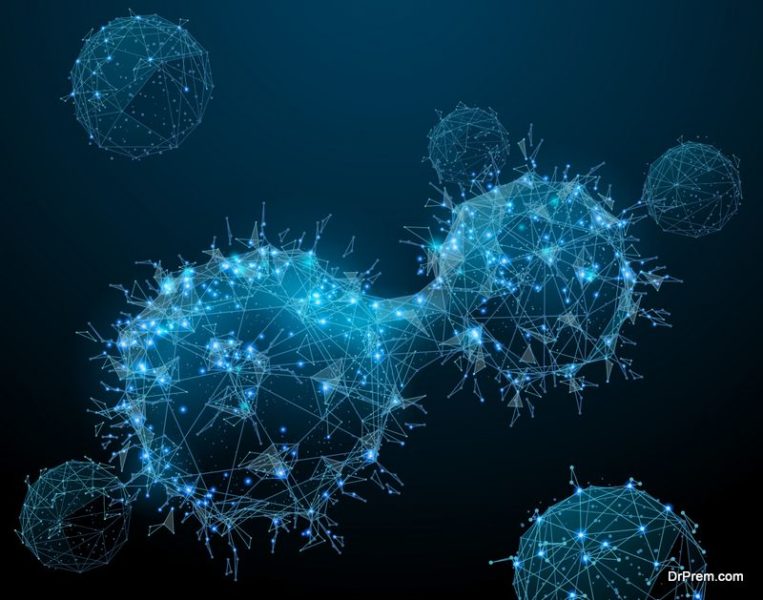Regenerative medicine has roots in transplant medicine and aims to repair or replace damaged, diseased and/or declining cells in the body with healthy cells or by triggering an improved immune response from the body itself. Indeed, transplantation is still considered a regenerative treatment option, with much of the current research focusing on how to bioengineer tissue in a laboratory setting; it is not the only option, however.
Over the last three decades, a better understanding of different types of cells and how they function has enabled researchers to develop effective cellular therapies that have the potential to replace many traditional (and invasive) surgical procedures. For athletes, this is especially good news, as eliminating surgery and its sometimes lengthy recovery time often means they can return to their sport — get back in the game, if you will — quicker! Here’s how it works:
But First, what is Cellular Therapy?
 Cellular (or cell) therapy involves the harvesting of specific types of cells from a donor and then injecting them into a damaged or diseased area of the body with the expectation that they will proliferate and promote healing of a wound or disease or initiate an improved immune response to combat certain conditions. Many cellular therapies make use of stem cells, those cells that can “transform” into other kinds of cells (like muscle cells or skin cells or blood cells, etc.).
Cellular (or cell) therapy involves the harvesting of specific types of cells from a donor and then injecting them into a damaged or diseased area of the body with the expectation that they will proliferate and promote healing of a wound or disease or initiate an improved immune response to combat certain conditions. Many cellular therapies make use of stem cells, those cells that can “transform” into other kinds of cells (like muscle cells or skin cells or blood cells, etc.).
However, other types of cells can be used for certain cellular therapies, as well, such as red blood cells, lymphocytes, dendritic and islet cells. The type of cell used is determined by the desired effect. For instance, many immunotherapies remove T cells from a donor, grow them in a lab and then inject them into cancer patients to improve the patient’s own body’s response to the disease. A common cellular therapy for athletes uses red blood cells to create a plasma rich platelet (PRP) solution that is then injected into an injured area.
Depending on the type of cells used in the treatment, cellular therapies have the potential to:
1. Reduce Pain
 Typically, sports injuries are painful and take a longer time to heal because they deal with bones, muscles, ligaments and tendons. Unlike skin cells, for example, which can proliferate more quickly, the tissues of the musculoskeletal system repair themselves (when possible) more slowly, increasing the period of inflammation and, thus, pain. Certain cellular therapies (like PRP and stem cell therapy) can speed up the healing process, thereby alleviating pain in less time than many traditional options. An example would be using stem cell therapy for neck pain or to treat chronic pain as a result of osteoarthritis.
Typically, sports injuries are painful and take a longer time to heal because they deal with bones, muscles, ligaments and tendons. Unlike skin cells, for example, which can proliferate more quickly, the tissues of the musculoskeletal system repair themselves (when possible) more slowly, increasing the period of inflammation and, thus, pain. Certain cellular therapies (like PRP and stem cell therapy) can speed up the healing process, thereby alleviating pain in less time than many traditional options. An example would be using stem cell therapy for neck pain or to treat chronic pain as a result of osteoarthritis.
2. Repair and/or Regenerate Tissue
Cells contain growth factors, which are proteins that help regulate cellular function. Many researchers believe that when injected into patients, they can stimulate cell growth and survival, making it easier for the native cells (or the ones injected along with the growth factors) to facilitate cellular repair. This is especially helpful for athletes who need to heal their injuries without the added stress, expense, time and possible complications that could arise from a full-blown surgical procedure.
3. Minimize Scarring
 Cellular therapy has also been shown to help reduce scarring. A scar is fibrous tissue that forms at the site of cellular repair. For athletes, scar tissue can be problematic because it can impede the formation of new muscle fibers which can’t bridge the fibrous barrier to reestablish proper function. This can result in a decreased range of motion in the injured area. Cellular therapy can mitigate this possible effect of healing by supplying tissues with access to blood and matrix materials that minimize scar tissue from forming.
Cellular therapy has also been shown to help reduce scarring. A scar is fibrous tissue that forms at the site of cellular repair. For athletes, scar tissue can be problematic because it can impede the formation of new muscle fibers which can’t bridge the fibrous barrier to reestablish proper function. This can result in a decreased range of motion in the injured area. Cellular therapy can mitigate this possible effect of healing by supplying tissues with access to blood and matrix materials that minimize scar tissue from forming.
Article Submitted By Community Writer




